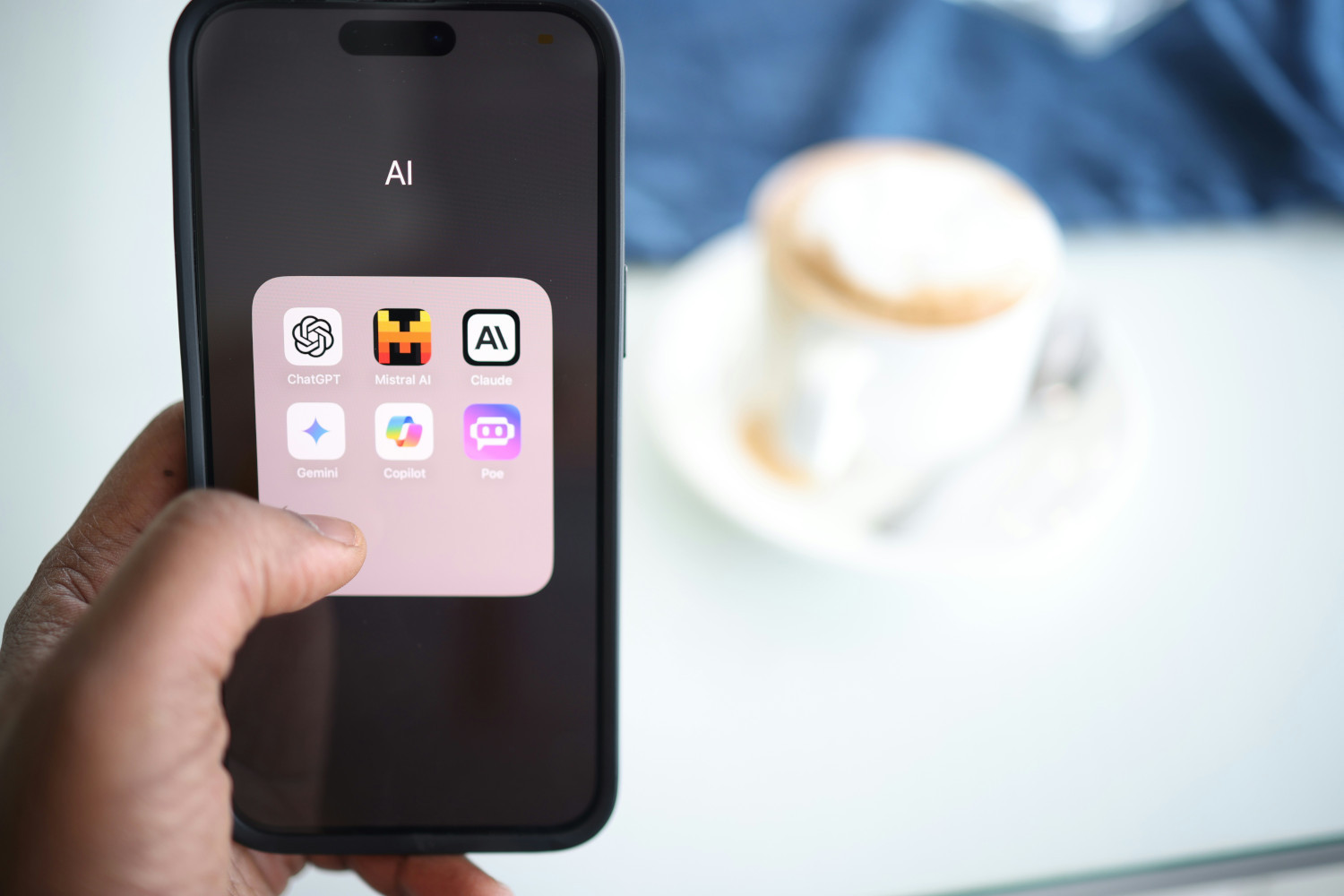Snapshot
Snapshot: The case for a human-centred approach in an AI-driven epoch.
As AI reshapes the creative landscape, Kiara Cleland argues that preserving human authenticity has never been more important.

[NEW INSIGHT] Personal branding for CEOs vs personal branding: what’s the real difference
As technology continues its rapid development and AI dominates the landscape of content creation, it’s shockingly easy to become entranced by the seamless generation of creative works.
However, it does raise a rather crucial question: How do we maintain a space for the irreplaceable human touch?
There’s no doubt about it: With the rise of AI tools, particularly the launch of ChatGPT in 2022, creative opportunities have emerged like never before.
On LinkedIn, for example, AI-generated content increased by 189% following ChatGPT’s launch, and just recently, we’ve seen a wave of Ghibli-style digital art being generated by people worldwide using this same platform.
However, as AI’s abilities grow, the scope for human-centred output seems to be narrowing. Instead of supplementing creativity, AI is increasingly replacing it.
Simply type a prompt into a chatbox and watch as it generates the work for you in a matter of seconds.
But while AI tools are able to produce content that mimics human thought and ability with remarkable accuracy, one thing remains out of reach — the ability to replicate the heart, soul, and nuanced understanding of the lived human experience.
For this reason, it’s more crucial than ever that we recognise and prioritise the importance of human involvement in the creative process.
The AI-generated works in the Ghibli style are impressive, but the emotional resonance stems from the lived experience, cultural context, and personal insights infused by the original creators, mixed with the associations and attachments audiences form through their experience of these works.
This very human element connects audiences on a deeper level, transcending mere visual appeal.
Similarly, it’s this human element that connects us with one another.
Peers, political figures, CEOs, entrepreneurs, and community leaders connect more deeply through real stories — from personal growth and cringeworthy missteps or the failures that shape our triumphs.
In a tech-driven world, it’s no surprise that much of this connection plays out online.
Furthermore, the distinction between these two branches of content — AI-generated and human-centred — is increasingly being highlighted on social platforms.
Audiences, bombarded by unmistakably AI-generated content that often lacks quality control, are gravitating toward work that embraces what is uniquely, intrinsically human.
In response to this emphasis on transparency around this type of content, companies are doing their part to develop tools to identify and label AI-generated work and reinforce the boundary between the lived human experience and the manufactured one.
This distinction becomes particularly important in the thought leadership space, where more figures are stepping into the light to lead their industries in a very public manner.
As audiences learn to distinguish between automated and meaningful messaging — often withholding loyalty until trust is earned — industry leaders must establish credibility through human-centred thought leadership.
Use these tools to your advantage — play into the algorithms to get your message in front of the eyes that matter.
But don’t overlook the value of the shared human experience and sacrifice the very thing that fosters strong, meaningful connections.